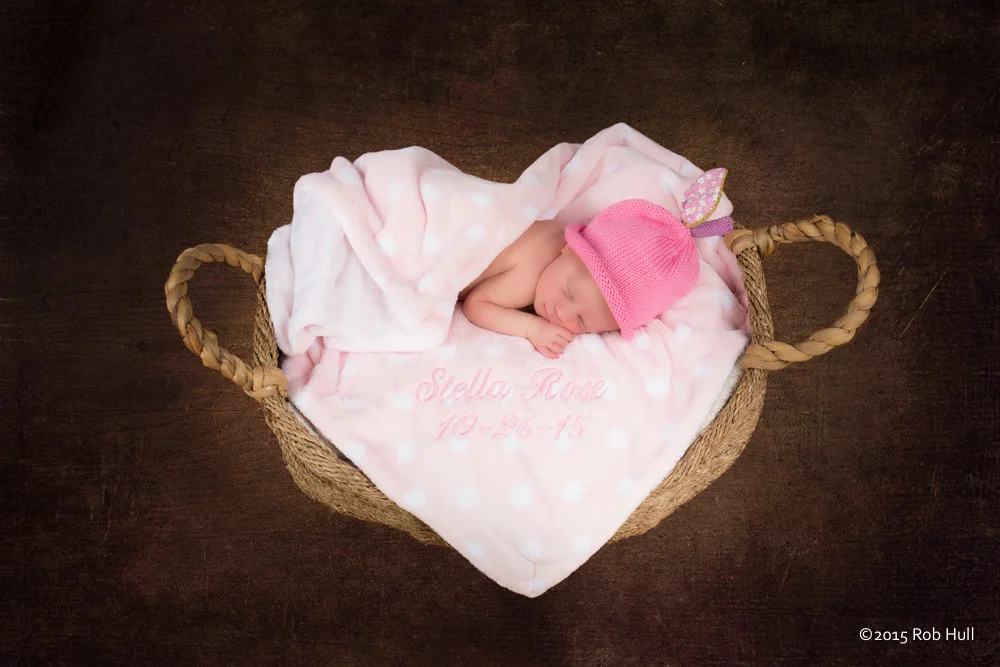In camera TTL meters are incredible tools that help provide very accurate exposure settings. But as accurate as they may be, the camera can only measure light that has been reflected or produced by a subject of which it has no idea what it is. For the most accurate metering, photographers use incident light meters to measure the light from the source before it strikes the subject.
Sekonic is, perhaps, the leader in incident and flash meters and is the subject of this discussion. If you are using a hand held meter then you already are in pursuit of accuracy so before you go any farther you'll want to calibrate your meter to ensure the most accurate readings possible.
With an accurate light meter you can nail the correct exposure every time.
With the Sekonic meters, there are two different compensation/calibration functions. The Exposure Compensation and the Calibration Compensation.
Exposure Compensation
Exposure Compensation is designed to compensate for filters and extension tubes etc. and is set by pressing the ISO 1 and ISO 2 buttons at the same time and turning the jog wheel to enter the compensation value. Whatever value is entered is displayed on the front of the meter as a + or - decimal value.
Light meters work well outside for ambient light or when using fill flash such as the image above.
Exposure Compensation effects every mode of the meter and does not automatically reset to 0. So, if you remove a filter or extension tube, be sure to reset the Exposure Compensation setting.
Calibration Compensation
Calibration Compensation is very similar but to enter a compensation amount, the meter must be turned off first. Then, hold down the ISO 1 and ISO 2 buttons and press and release the power on button - keep pressing the ISO 1 and ISO 2 buttons. You will soon get a CAL 0.0 display - again, keep pressing the ISO 1 and ISO 2 buttons. The calibration setting can be changed by rotating the jog wheel while pressing and holding the ISO 1 and ISO 2 buttons.
The nice thing about Calibration Compensation is that there is no indication on the display that a Calibration setting has been entered. So, if you need to enter a Exposure Compensation for a filter or extension tube, it is easy to reset to 0 when your done.
Whether you use either of these compensation tools or not, just remember that the light meter is simply a tool and that your results are also dependent upon settings in your camera, the camera sensor and processor and any post processing you are doing. So test, test, test and make sure the results are what you expect.


